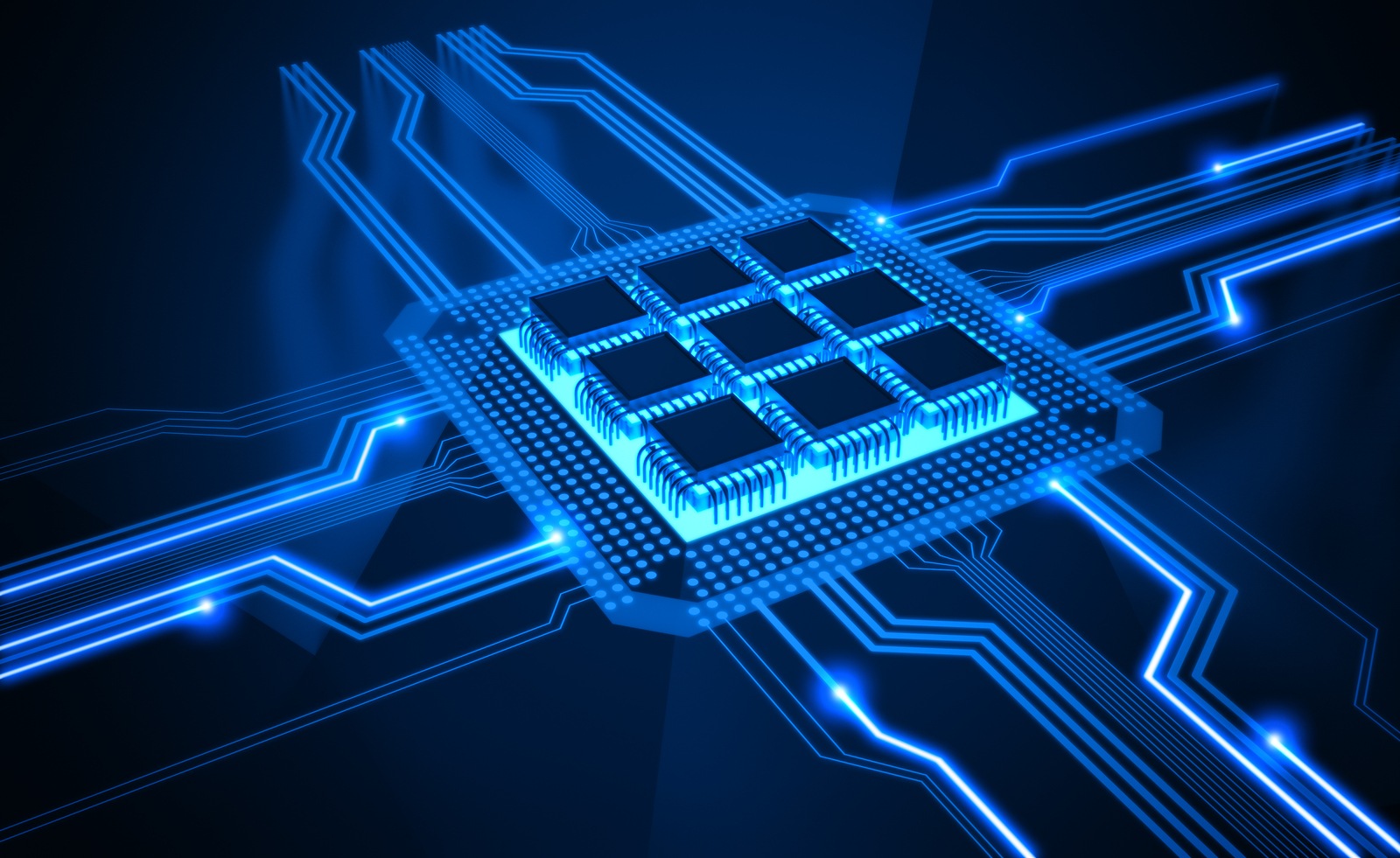The rumors surrounding the upcoming iPhone 12 series just won't let up. Now there is a new analysis about the A14 chip - it is said to be something special.
If you believe all these rumors, the iPhone 12 series will be equipped with many remarkable features - but the highlight is the new design. Never before have there been so many reports about a new iPhone generation so early. The first rumors were documented in the summer of 2019 - that's crazy. Now MacWorld Author Jason Cross has published a new analysis of the upcoming A14 chip. In it, Cross states that the new iPhone processor could keep up with a MacBook Pro. The reason for this lies in the 5-nanometer design infrastructure.
Multi-core performance far beyond expectations?
Although the jump from 7nm to 5nm may not seem that big at first glance, it is a truly remarkable and indeed big deal. In his paper he explains:
If you take TSMC at its word about the improved transistor density of the 5nm process, it's a whopping 15 billion transistors. That's more than all but the largest high-end desktop and server CPUs and GPUs. It's huge. It's so huge that I wouldn't be entirely surprised if Apple shrunk the total chip area a bit to about 85mm square and about 12.5 billion transistors.
This would mean that Apple could perform significantly better than currently expected, especially in terms of multi-core performance.
The trendline gives us a score of around 4,500, but I think a combination of architectural changes and clock speed will give us much more. I wouldn't be surprised to see the Geekbench 5 multi-core score rise to 5,000 or more. The fastest Android phones score around 3,000 on this test, and a score of 5,000 would be comparable to 6-core mainstream desktop CPUs or high-end laptop CPUs. That's in the range of the 15-inch MacBook Pro.
50 percent performance improvement in games
Cross explains that the combination of more transistors in the GPU and the possible 6 GB RAM offers significantly more performance - games could therefore be offered over 50 percent better graphics performance. But that's not all. The neural engine should also benefit. He writes in his article:
With the higher transistor budget enabled by the 5nm manufacturing process, I think Apple will add Neural Engine cores this time around and perhaps make other architectural improvements as well. I wouldn't be surprised if Apple claims that machine learning tasks are at least twice as fast as on the A13.
If Cross is ultimately right, the new A14 chip will set new standards. The exciting thing is to see what developers will do with it. (Photo by ktsdesign / Bigstockphoto)





